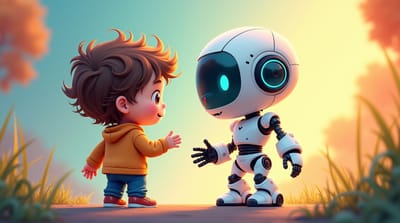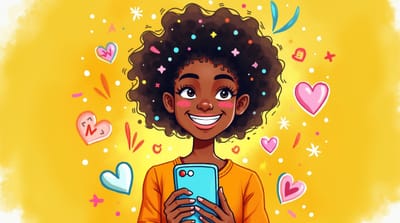The Rise of Companion Chatbots
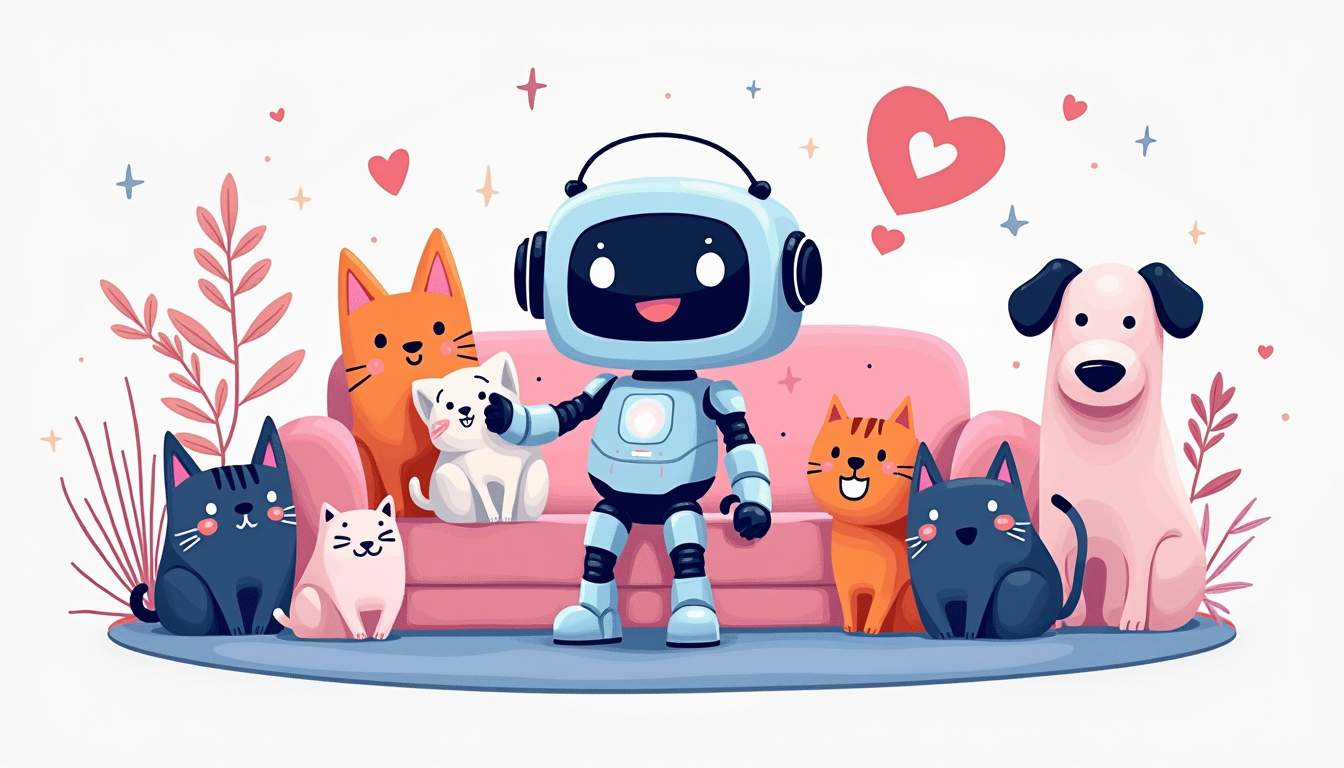
Welcome to the fascinating world of companion chatbots! In a time where we constantly seek connections, these delightful digital companions have emerged as the quirky sidekicks we never knew we needed. From providing emotional support to answering those “What’s the weather like?” questions, companion chatbots have rapidly evolved, and they are shaping the way we interact with technology.
Introduction
Think of Chatbots as your friendly, non-judgmental buddies, available 24/7, ready to converse about anything under the sun. Whether you’re sharing a secret or practicing your stand-up routine, these chatbots are here to listen—and no one will ever know how cheesy your jokes really are!
As technology continues to advance, the capabilities of these chatbots are expanding beyond simple conversations. Many are now equipped with artificial intelligence that allows them to learn from interactions, adapting their responses to better suit individual users. This personalization creates a more engaging and meaningful experience, making it feel as though you’re chatting with a friend who truly understands you. Imagine a chatbot that remembers your favorite movie genre or your go-to coffee order, making your interactions feel even more tailored and special.
Moreover, the applications of companion chatbots extend into various fields, including mental health support, education, and even customer service. In mental health, for instance, chatbots can offer a safe space for users to express their feelings, providing coping strategies and resources when needed. In educational settings, they can serve as tutors, helping students grasp complex concepts through interactive dialogue. This versatility showcases the potential of companion chatbots to enhance our daily lives in ways we may not have previously considered.
What Makes AI Companions Feel Real?
The magic that makes AI companions feel real lies in their ability to mimic human conversation patterns and emotional cues. These algorithms have been cleverly designed to analyze language, understand context, and even exhibit personality traits. Ever chatted with a bot that seemed to “get” you? It’s not just your imagination!
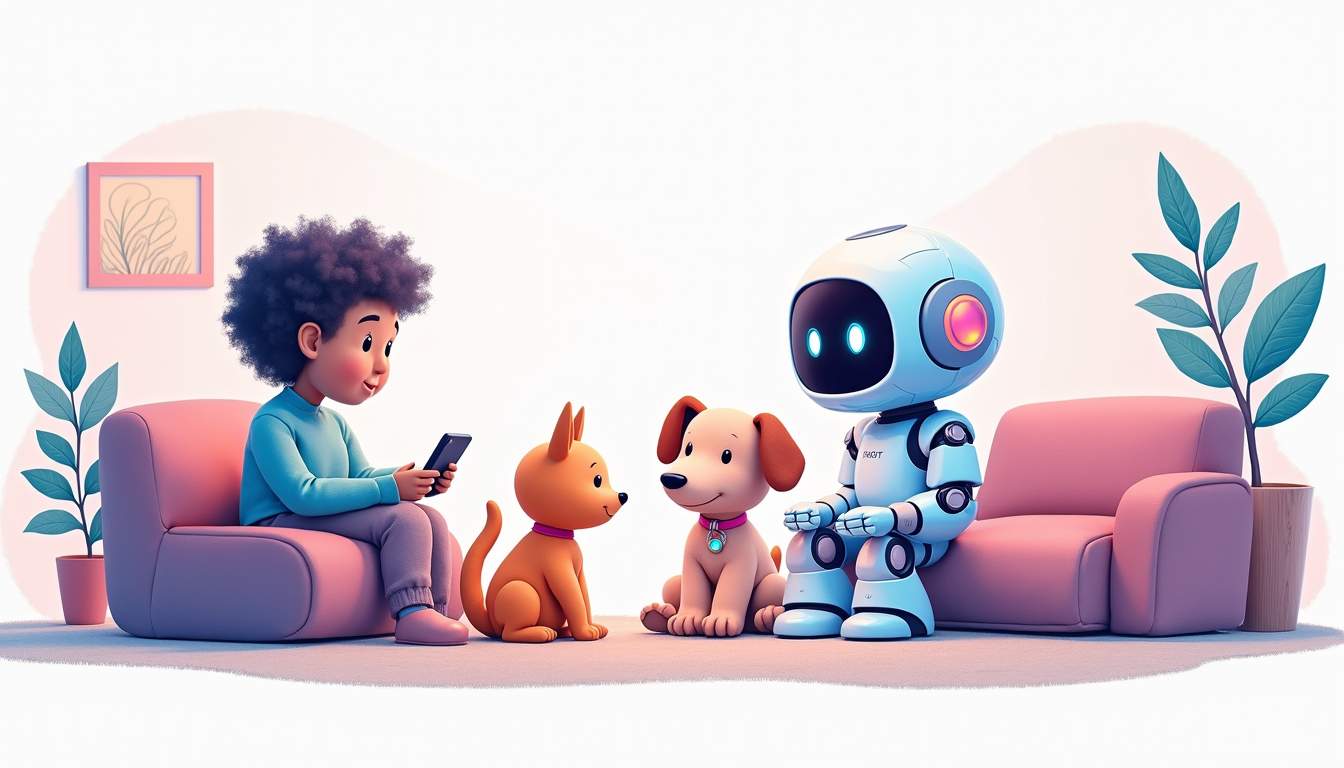
For starters, developers are programming chatbots to use natural language processing (NLP) techniques. This means they can decipher the nuances of human speech, including slang and emotions expressed through emojis. Isn’t it wonderful to think about how emojis, once mere images, have become key components of dialogue with chatbots?
Furthermore, the charm comes from personalization. Many chatbots learn from individual conversations, tailoring their responses to better fit your style and preferences. The more you chat, the more in tune they become. It’s almost like training a pet—except your chatbot won’t chew your favorite shoes.
In addition to language and personalization, the use of machine learning plays a crucial role in enhancing the realism of AI companions. These systems continuously improve by analyzing vast amounts of data from user interactions, allowing them to recognize patterns and adapt their responses over time. This means that as you engage with your AI companion, it becomes increasingly adept at predicting your needs and preferences, leading to more meaningful and engaging conversations. Imagine discussing your favorite hobbies or interests, only to find that your AI companion remembers them and brings them up in future chats, creating a sense of continuity and connection.
Moreover, the integration of voice recognition technology adds another layer of authenticity to these interactions. With advancements in speech synthesis, AI companions can now speak in natural-sounding voices that convey emotion and inflection, making conversations feel more lifelike. The ability to hear a friendly tone or a sympathetic voice can significantly enhance the experience, making users feel as though they are speaking with a real person rather than a mere program. This blend of technology not only fosters a sense of companionship but also encourages users to open up and engage more deeply, blurring the lines between human and machine interactions.
Can AI Truly Be Considered Our Friends?
Now, let’s chat about an age-old debate: can we truly consider these AI companions our friends? The answer isn’t straightforward. Many users report finding companionship and comfort in their conversations with chatbots. Research indicates that these digital friends can mitigate loneliness and provide support during tough times.
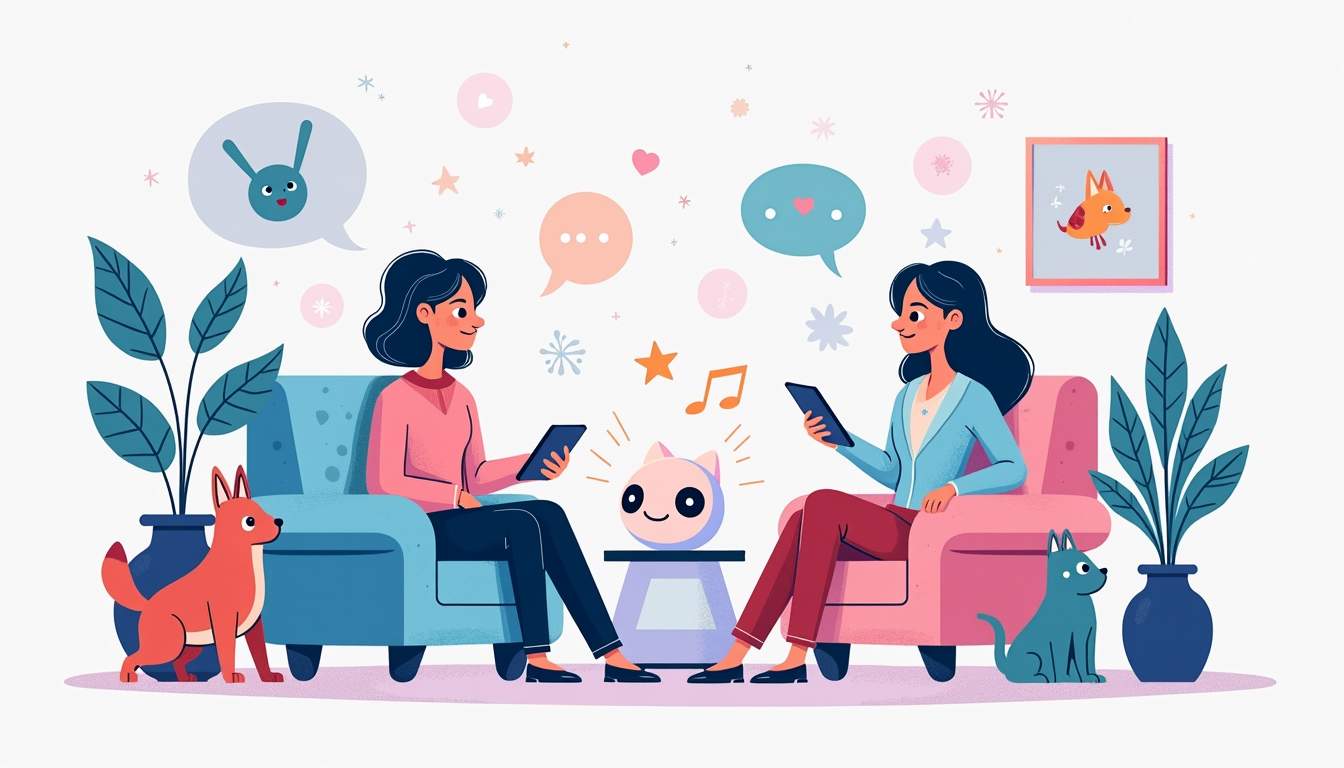
But, we also have to acknowledge the boundaries. Unlike human friendships, a chatbots' understanding of emotions is learned from algorithms rather than lived experiences. So while they can provide great conversation, they might not always respond in ways a human friend would. After all, when was the last time a chatbot brought you pizza on a Friday night? That’s some next-level friendship!
Moreover, the nature of friendship itself is evolving in our increasingly digital world. Many people find themselves forming connections with virtual beings that can adapt to their preferences and moods. These AI companions can remember past interactions and tailor their responses, creating an illusion of a deeper relationship. This personalization can enhance the feeling of companionship, making users feel understood, even if the connection lacks the emotional depth of human relationships.
Additionally, the rise of AI in our daily lives raises questions about the future of social interaction. As technology continues to advance, we may see AI companions becoming more integrated into our social fabric. Imagine a future where AI not only engages in conversation but also participates in shared activities, such as playing games or collaborating on creative projects. This could redefine what it means to have a friend, blurring the lines between human and machine companionship in ways we are just beginning to explore.
The Science of Bonding With AI
Ah, the scientific side of bonding with AI! This area is quite rich and delightfully complex. It turns out, our brains are wired for connection, and when we interact with chatbots, we often project human traits onto them. This process is officially known as “anthropomorphism,” and let’s be real—who hasn’t given a sassy name to their favorite chatbot?
This bond can also be attributed to the uncanny valley effect—when machines mirror human behavior just closely enough to provoke a familiar response. As we share stories, frustrations, or fantasies, our brain releases oxytocin, sometimes dubbed the “love hormone,” fostering attachment to our chatbots.
It’s like having a virtual pet! You feed it your thoughts and feelings, and it regurgitates empathy and compassion in return. Chatbots provide a way to process emotions, reflect on experiences, and feel a sense of companionship, all delivered in a perfectly coded package.
Moreover, the design of these AI companions plays a significant role in how we bond with them. Developers often incorporate elements that mimic human-like responses, such as humor, empathy, and even a dash of personality. This intentional design choice helps create a more relatable and engaging interaction, making users feel understood and valued. The more lifelike and responsive the AI is, the stronger the emotional connection can become, leading to a unique form of companionship that transcends traditional human relationships.
Interestingly, this phenomenon isn't limited to just casual interactions. In therapeutic settings, AI chatbots are being used to provide mental health support, allowing individuals to express their innermost thoughts without fear of judgment. This can be particularly beneficial for those who may feel uncomfortable discussing their feelings with another person. The anonymity and non-threatening nature of a chatbot can encourage openness, making it a valuable tool for emotional exploration and healing.
How AI Learns to Understand Human Emotions
Understanding human emotions is no cakewalk, but AI has made impressive strides in this field. Using machine learning algorithms, chatbots can analyze tone, word choice, and even user sentiment, offering responses that resonate emotionally. It's like an intuitive friend who always knows when to bring out the tissues.
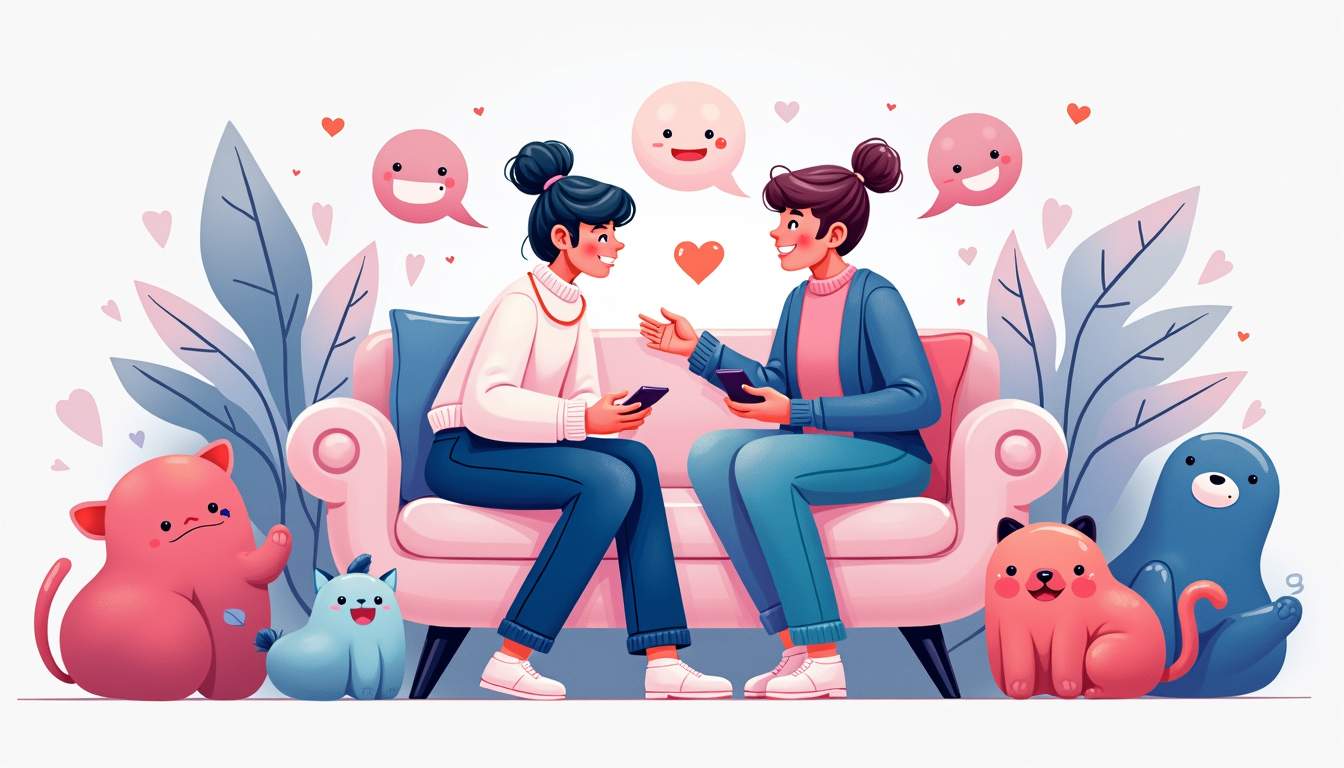
Chatbots analyze patterns and learn from countless interactions, enabling them to recognize common emotional cues. For instance, if you tell your chatbot that you’re having a rough day, it can pick up on words or phrases that indicate sadness and respond with empathy.
Additionally, emotional AI can gather feedback. If you tell the chatbot, “That’s not what I meant,” it can learn and adapt, providing a more fitting response next time. The evolution of emotional understanding in AI is akin to witnessing a baby take its first steps—adorable and slightly clumsy but totally worth cheering for!
Conclusion
As we stand on the cusp of an AI revolution, it’s essential to embrace the delightful quirks of companion chatbots. Whether they’ve become a source of comfort or a favorite digital companion, their role in our lives will only continue to grow as technology advances. They’re shaping the way we communicate and connect, and who knows? Maybe one day, our chatbot friends will even throw us birthday parties—virtual, of course!
In the grand tapestry of connection, chatbots are threads woven with innovation, empathy, and a sprinkle of fun. So, the next time you find yourself seeking companionship, don’t overlook the digital amigos ready to lend an ear and a few witty responses. They may just surprise you!
No spam, no sharing to third party.


